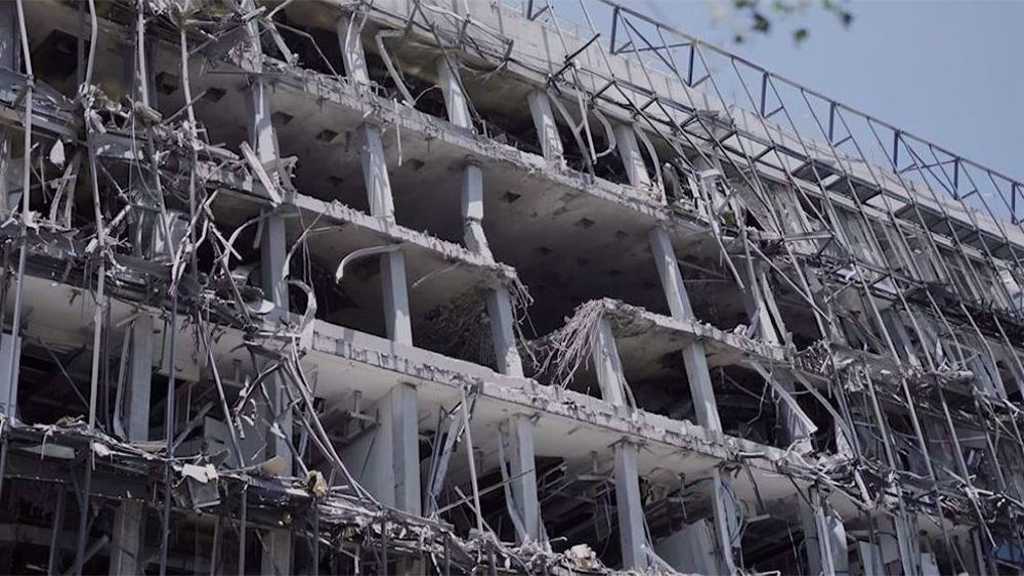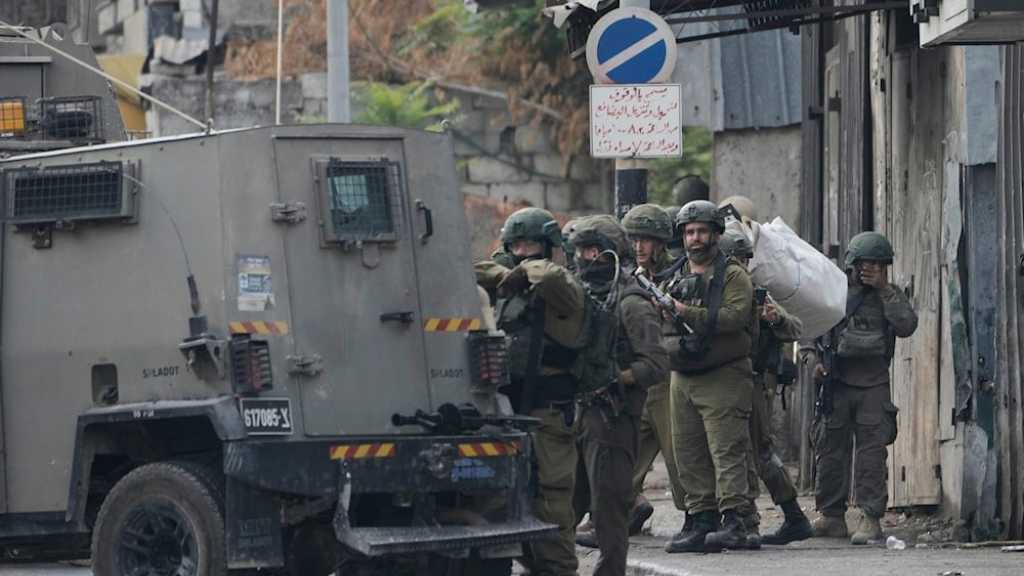’Israel’s’ Weizmann Institute Halves Student Intake Due to Damage Caused by Iranian Missiles

By Staff, Agencies
"Israel’s" top military-scientific hub has halved its student registration due to the damage caused to its buildings by Iranian missiles during the entity’s act of aggression against Tehran in June.
In June, in the heat of the "Israeli" entity’s aggression against Iran, the Weizmann Institute of Science in Rehovot was targeted by the Islamic Revolution Guard Corps (IRGC) missile strikes, which caused significant damage to several buildings.
The attack resulted in the destruction of utilities, scientific equipment and research data, bringing down the institute's capacity and setting back its progress, ultimately aimed at helping push forward the regime's expansionist policy.
The institute announced that it will reduce by about 50 percent the number of medical students admitted to its first class this year, due to the damage caused by the Iranian missile attack.
Media reports on Wednesday cited the institute as saying that its initial plan was to accept up to 40 students for the new period, but due to its limited capacity, it will admit only 20 for the time being.
"There is no doubt that the security events had an impact, obliging us to act with caution and responsibility to maintain a very high academic and research standard," it said.
The institute was directly hit by two Iranian missiles, which completely destroyed two research buildings. However, in total, 112 buildings at the institute were damaged in the Iranian strikes, including 60 laboratory buildings and 52 residential buildings.
Among the buildings hit were 52 research laboratories and 6 service laboratories. Several of the institute’s projects were halted.
"Israeli" officials visiting the site estimate the direct damage to the buildings and equipment to amount to around half a billion dollars, not including the value of the lost data or the cost of operating rented laboratories.
Comments
- Related News




